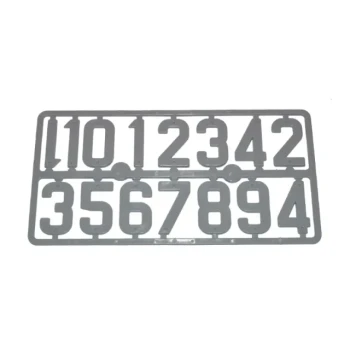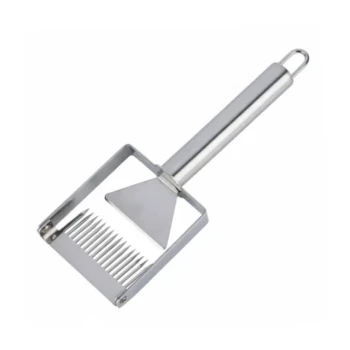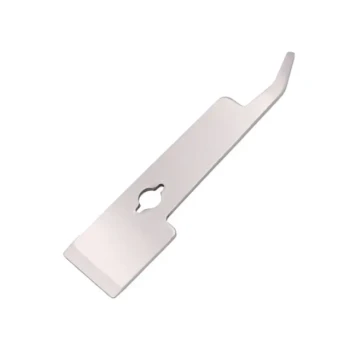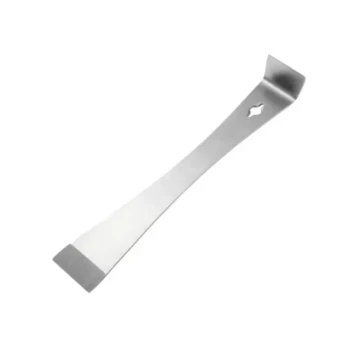When starting a new beehive, you must first acquire a colony of bees. The two most common and established methods for purchasing bees are as a bee package or as a nucleus colony, often called a "nuc." Each represents a different starting point for your hive, with distinct advantages and challenges.
Your choice between a package and a nuc comes down to a fundamental trade-off: a lower upfront cost versus a higher probability of first-year success. A package is a box of bees starting from zero, while a nuc is a pre-established, miniature colony ready for expansion.

What is a Bee Package?
A bee package is essentially a starter kit of bees sold by weight, typically two or three pounds, which equates to roughly 7,000 to 10,500 bees. They are shipped in a small wooden box with screened sides.
Composition: Unrelated Bees and a Caged Queen
The package contains a mass of worker bees scooped from one or more hives and a separate, unrelated queen. The queen is kept in a small cage with a candy plug to facilitate a slow, safe introduction to the workers once they are installed in your hive.
The Installation Process
Installing a package involves shaking the bees into an empty hive box equipped with frames and foundation. The queen cage is hung between two frames, and over a few days, the worker bees chew through the candy plug to release her, a process that helps them accept her.
Starting From Scratch
A package colony begins with no comb, no brood (young bees), and no food stores. They must immediately start building wax comb, a highly energy-intensive task, before the queen can even begin laying eggs.
What is a Nucleus Colony (Nuc)?
A nucleus colony, or nuc, is a small, functioning beehive. It is a complete, albeit miniature, colony that has already been established by a beekeeper.
Composition: A Miniature, Working Hive
A nuc typically consists of four or five frames within a small transport box. These frames contain a proven, egg-laying queen, worker bees, brood in all stages of development (eggs, larvae, and pupae), and stored food (honey and pollen).
The Installation Process
Installing a nuc is a straightforward transfer. You simply move the frames from the nuc box into your full-sized hive box in the same order and arrangement. The bees barely notice the change of scenery and continue their work uninterrupted.
A Significant Head Start
Because the nuc already contains a laying queen, drawn comb, and developing bees, the colony has a multi-week head start over a package. They can expand their population and forage for nectar much more quickly.
Understanding the Trade-offs: Package vs. Nuc
Choosing between these two options involves weighing risk, speed, and cost. For a new beekeeper, these differences can mean the distinction between a thriving first-year hive and a struggling one.
Colony Establishment and Risk
A package carries a higher risk. The bees may not accept the new queen, or the entire colony could decide to abscond (leave the hive) for various reasons.
A nuc is far more stable. The queen is already accepted and laying, and the presence of brood anchors the colony to the hive, making them very unlikely to leave.
Speed of Growth and Honey Production
A nuc will build up its population much faster. This rapid growth significantly increases the chance of the hive producing a surplus honey crop in its first year.
A package colony directs most of its initial energy toward building comb. This slows population growth and makes a first-year honey harvest less likely.
Cost and Availability
Packages are generally less expensive and more widely available than nucs. Their standardized size makes them easier to transport and ship, reducing their cost.
Nucs are more expensive because you are purchasing not just bees, but also drawn comb, brood, and food stores—the tangible results of weeks of labor.
Pest and Disease Considerations
A package provides a clean slate. Because you are starting with fresh equipment and no old comb, the risk of inheriting diseases like foulbrood or pests like hive beetles is minimized.
A nuc comes with established comb, which could theoretically carry pathogens. This makes it absolutely critical to purchase nucs only from reputable, local beekeepers who maintain verifiably healthy bees.
Making the Right Choice for Your First Hive
Your goal as a beekeeper should guide your decision. While both methods can lead to a successful hive, one is clearly better suited for beginners.
- If your primary focus is the lowest possible upfront cost: A bee package is the most budget-friendly way to acquire bees.
- If your primary focus is a successful first year with lower risk: A nuc is the strongly recommended choice, especially for new beekeepers.
- If your primary focus is expanding an existing apiary: Either method works, but packages can be an economical way to populate a large number of new hives simultaneously.
Ultimately, investing in a nucleus colony is an investment in a stronger, more reliable start to your beekeeping journey.
Summary Table:
| Feature | Bee Package | Nucleus Colony (Nuc) |
|---|---|---|
| Composition | Bees by weight + caged queen | 4-5 frames with queen, brood, food, & bees |
| Starting Point | From scratch (no comb, no brood) | Pre-established, miniature hive |
| Risk Level | Higher (queen rejection, absconding) | Lower (queen accepted, brood anchors colony) |
| First-Year Honey Harvest | Less likely | More likely |
| Upfront Cost | Lower | Higher |
| Ideal For | Budget-conscious buyers, expanding apiaries | New beekeepers prioritizing success & lower risk |
Ready to Start Your Beekeeping Journey with Confidence?
Whether you're a commercial apiary manager or a beekeeping equipment distributor, choosing the right bee source is just the first step. HONESTBEE supplies the essential, high-quality beekeeping supplies and equipment you need to support your new colony for long-term success. From durable hive boxes and protective gear to honey extraction tools, we provide the reliable foundation for a thriving operation.
Let's build your success story together. Contact our expert team today to discuss your wholesale needs and get your apiary set up for peak performance.
Visual Guide
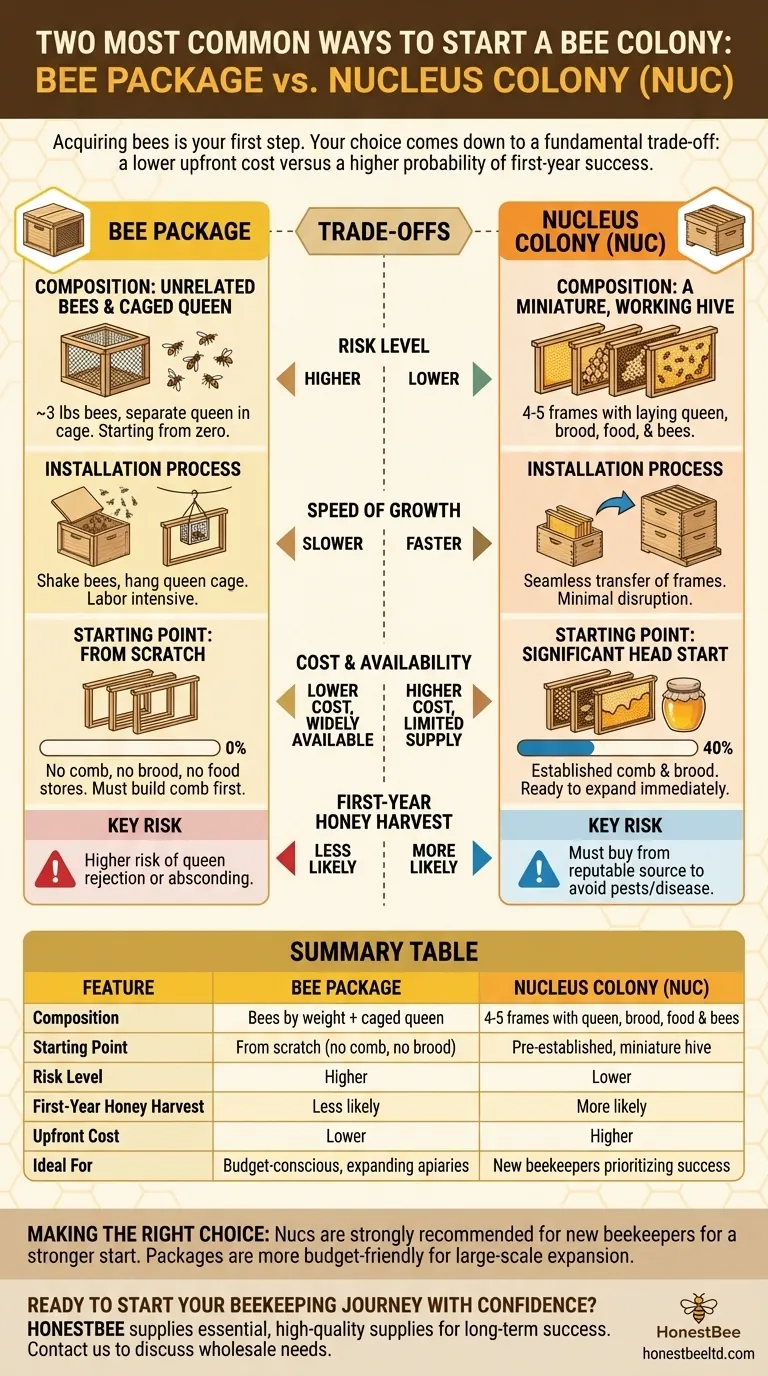
Related Products
- Plush Bee Mascot Costume Professional Engaging Brand Ambassador
- Long Langstroth Style Horizontal Top Bar Hive for Wholesale
- HONESTBEE Professional Long Handled Hive Tool with Precision Cutting Blade
- Modern Flat-Mount Hive Number Set for Beekeeping
- Wholesales Dadant Size Wooden Bee Hives for Beekeeping
People Also Ask
- What precautions can be taken to prevent a newly captured swarm from absconding? Secure Your Swarm with Proven Methods
- What is the best way to attract bees to a hive? Use Proven Scent Strategies for Success
- What is a bee suit and why is it important for beekeepers? Essential Protection for Beekeeping
- What features are important in a high-quality beekeeping suit? Maximize Protection & Comfort
- What is the difference between beginner and professional bee suits? Choose the Right Protection for Your Apiary



